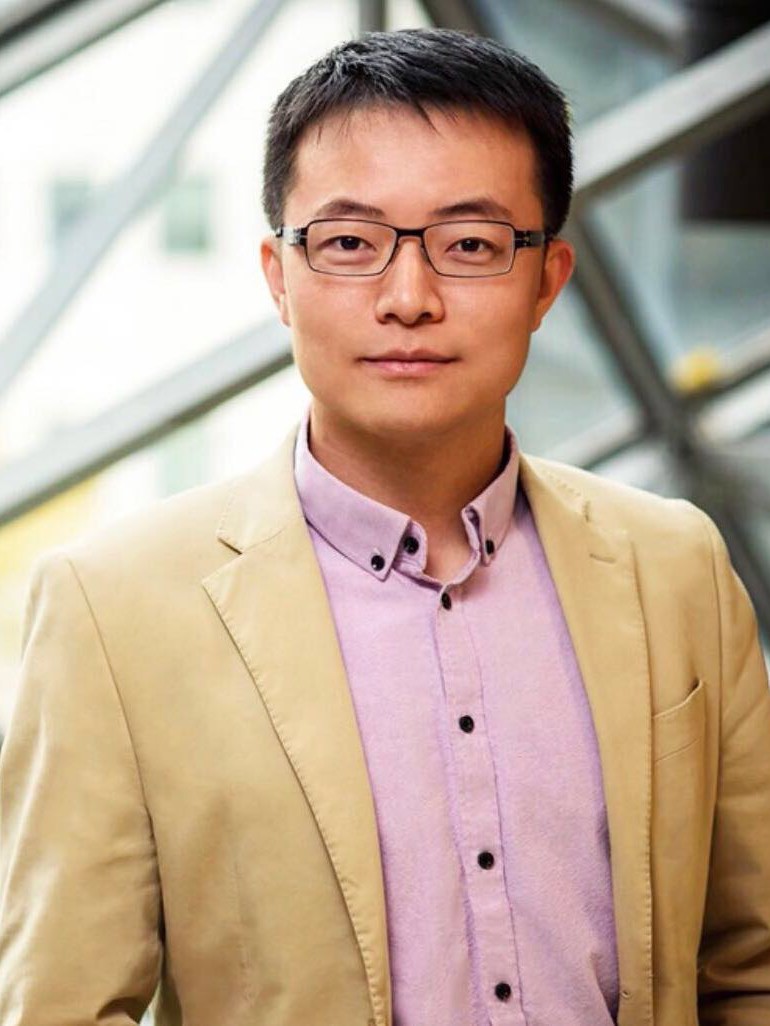Song Han
Associate Professor, Department of Electrical Engineering and Computer Science

Who they work with
Song Han is an associate professor in MIT’s Department of Electrical Engineering and Computer Science (EECS). His research focuses on efficient deep learning computing. He has proposed “deep compression” as a way to reduce neural network size by an order of magnitude, and the hardware implementation “efficient inference engine” that first exploited model compression and weight sparsity in deep learning accelerators. He has received best paper awards at the International Conference on Learning Representations and Field-Programmable Gate Arrays symposium. He is also a recipient of an NSF Career Award and MIT Tech Review’s 35 Innovators Under 35 award. Many of his pruning, compression, and acceleration techniques have been integrated into commercial artificial intelligence chips. He earned a PhD in electrical engineering from Stanford University.
Selected Publications
- Xiao, G., Lin, J., Seznec, M., Wu, H., Demouth, J. & Han, S. (2023). SmoothQuant: Accurate and Efficient Post-Training Quantization for Large Language Models. Proceedings of the 40th International Conference on Machine Learning, in Proceedings of Machine Learning Research 202:38087-38099. https://proceedings.mlr.press/v202/xiao23c.html
- Liu, Z., Tang, H., Amini, A., Yang, X., Mao, H., Rus, D., & Han, S. (2023). BEVFusion: Multi-Task Multi-Sensor Fusion with Unified Bird’s-Eye View Representation. IEEE International Conference on Robotics and Automation (ICRA 2023). https://doi.org/10.1109/icra48891.2023.10160968
- Liu, Z., Yang, X., Tang, H., Shang, Y., & Han, S. (2023). FlatFormer: Flattened Window Attention for Efficient Point Cloud Transformer. IEEE/CVF Conference on Computer Vision and Pattern Recognition (CVPR). https://doi.org/10.1109/cvpr52729.2023.00122
Media
- February 13, 2024: MIT News, A new way to let AI chatbots converse all day without crashing
- November 16, 2023: MIT News, Technique enables AI on edge devices to keep learning over time
- September 12, 2023: MIT News, AI model speeds up high-resolution computer vision